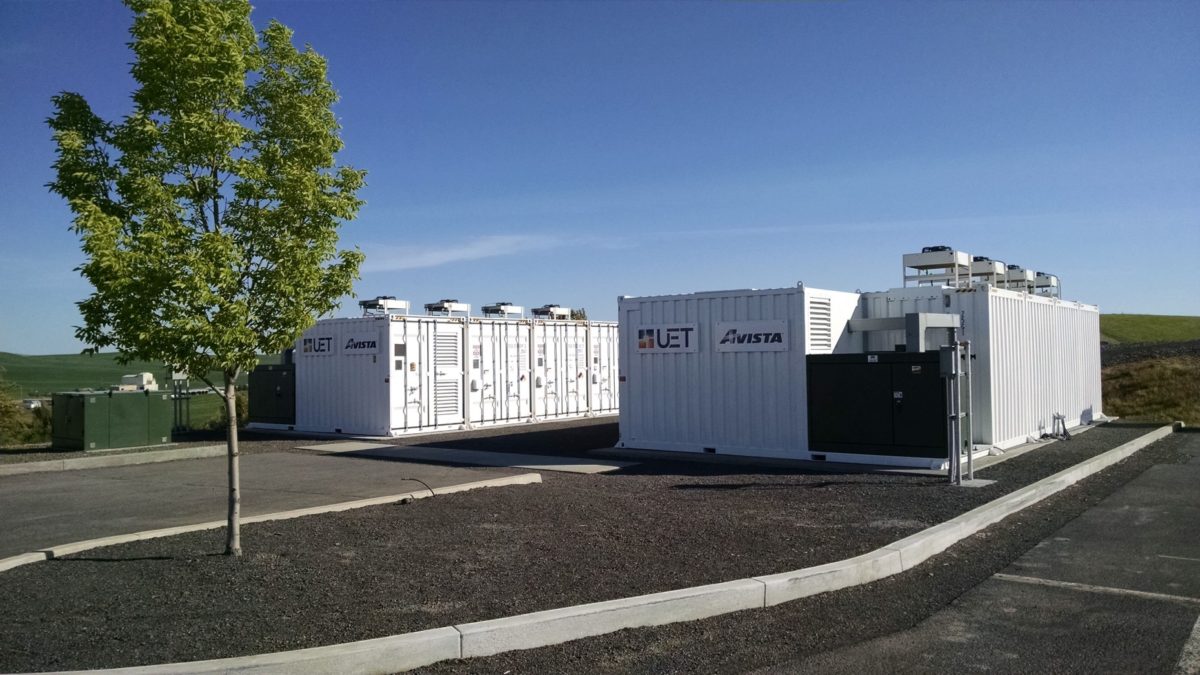Scientists from the Rotterdam University of Applied Sciences and the University of Warwick have conducted a review of all existing membranes for vanadium redox flow batteries (VRBs), in a bid to identify the most promising technologies to boost their future development.
The group said that the main barrier for the future of this kind of storage tech is represented by its high capital and maintenance costs, of which the membranes represent a significant portion. But the scientists also noted the technology’s current limited operational lifetime and low conductivity at high current densities as two factors hindering its adoption in mass production.
Commercial perfluorinated polymeric ion exchange membranes, which are widely used in fuel cells, are currently the most common ones used for VRBs, as they provide for high ion conductivity and stability in the acidic and oxidizing electrolyte solutions.
Nafion, which is produced by U.S. chemical company DuPont, is the most used material for such membranes. But the main barrier for application on an industrial scale is its long-term stability and high price. The scientists described the various modification methods that were applied to make the use of Nafion cheaper.
“By exchanging a part of the Nafion material with cheaper alternatives it is possible to reduce costs,” they said.
They also reported that sulfonated aryl backbone polymers such as SPEEK, SPES and SPESK were explored as alternatives to Nafion, as they have good thermal and mechanical stability and proton conductivity. However, the latter and their vanadium permeability are lower than those of Nafion.
Anionic exchange membranes (AEM) are considered an interesting alternative to polymeric ion exchange membranes, due to their reduced vanadium permeability. However, they still show low proton conductivity and poor chemical stability.
“Large research attention goes to improve stability of these groups which can be achieved by modifying the molecular structure of the polymeric membrane,” the researchers said, adding that commercial adoption is still far from being reached.
They are also considering amphoteric ion exchange membranes (AEIM) in current VRB research, due to their cationic and anionic exchange properties.
Design constraints
The research group listed all current constraints to producing novel membrane chemistries. They include membrane conductivity, stability and resistance, vanadium permeability, preferential water transport, and the morpholgy of membranes.
All approaches that seek to develop membranes for VRBs should seriously consider three important factors: high conductivity, low vanadium permeability, and high stability, according to the academics.
“The ideal membrane should have high ion exchange selectivity, high ion conductivity, low water uptake, low swelling ratio, high conductivity, high chemical and thermal stability, as well as low cost,” they said.
They described membrane technologies for VRBs in “Membranes for all vanadium redox flow batteries,” which was recently published in the Journal of Energy Storage.
This content is protected by copyright and may not be reused. If you want to cooperate with us and would like to reuse some of our content, please contact: editors@pv-magazine.com.




Could Graphene or Graphene Oxide be worth a look? These materials have proved highly efficient in desalination.
Hi Gary, graphene is also briefly mentioned in the study.